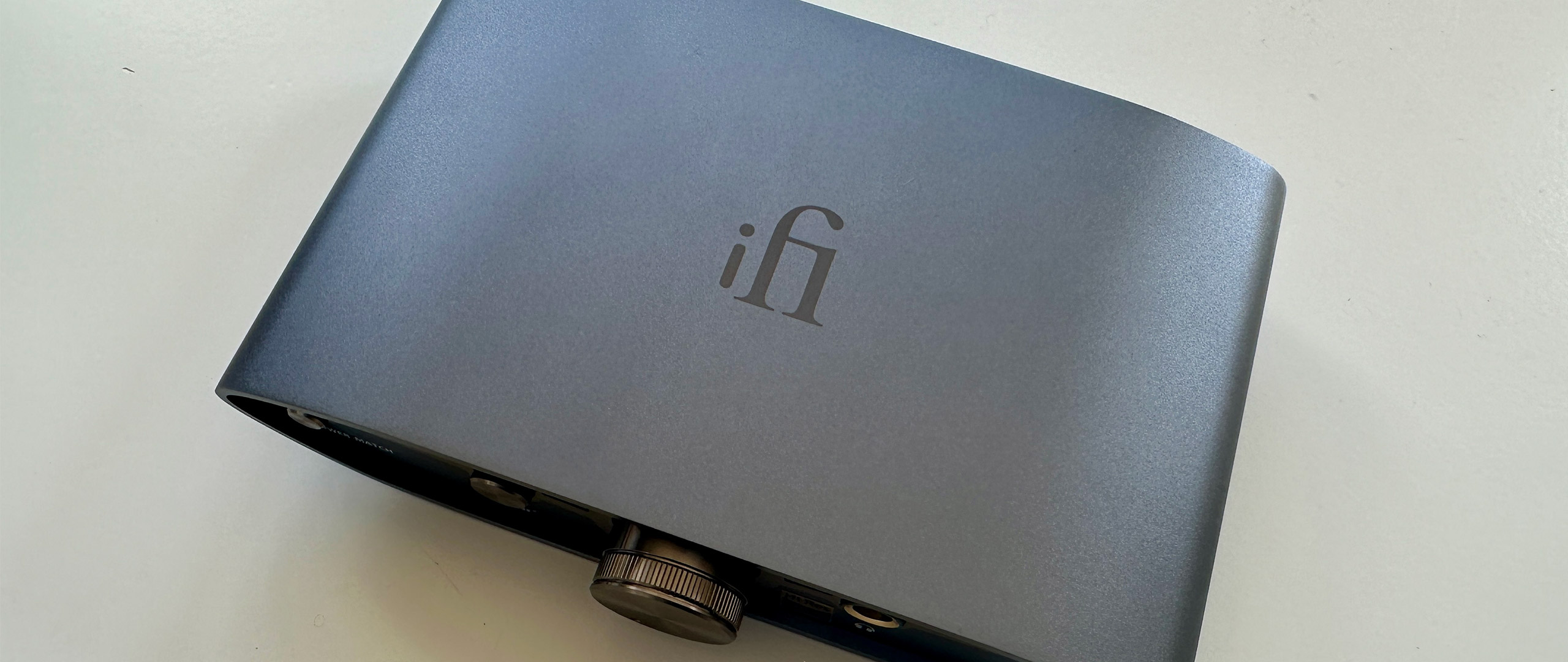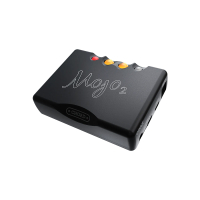TechRadar Verdict
Want to make your laptop or smartphone a valid source in a hi-fi system? Want to turn your desk into a great-sounding place to hang out? The iFi Zen DAC 3 has you covered…
Pros
- +
Clean, punchy and convincing sound
- +
Good feature set, great specification
- +
Nicely made and finished
Cons
- -
No fan of sub-standard headphones
- -
Not all that impressed by small, compressed digital audio files either
Why you can trust TechRadar
iFi Zen DAC 3 review: Two-minute review
The iFi Zen DAC 3's arrival comes with high expectations. iFi had hit it out of the park with the original Zen DAC, and hit it further still with the next model's replacement, which means the pressure of expectation on this Zen DAC 3 is significant.
Visually, it’s an evolution rather than a revolution – and that’s the case where specification is concerned too (although the switch from USB-B to USB-C is very welcome indeed). At a glance, the biggest change of all is in the asking price – this latest model breaks the $200 / £200 / AU$200 barrier, and not by pennies.
It turns out to be well worth it, though. Whether it’s used to power a desktop system or as a way of introducing your laptop or smartphone to your full-on audio system as a credible component, the Zen DAC 3 does sterling work. It’s a musical, informative and entertaining listen, a device that is able to analyse a recording fully but not at the expense of engagement.
All of which means it’s without meaningful competition among the best portable DACs where the price/performance/functionality ratio is concerned. Which in turn means I am very excited indeed by what Zen DAC 4 might be like…
iFi Zen DAC 3 review: Price and release date
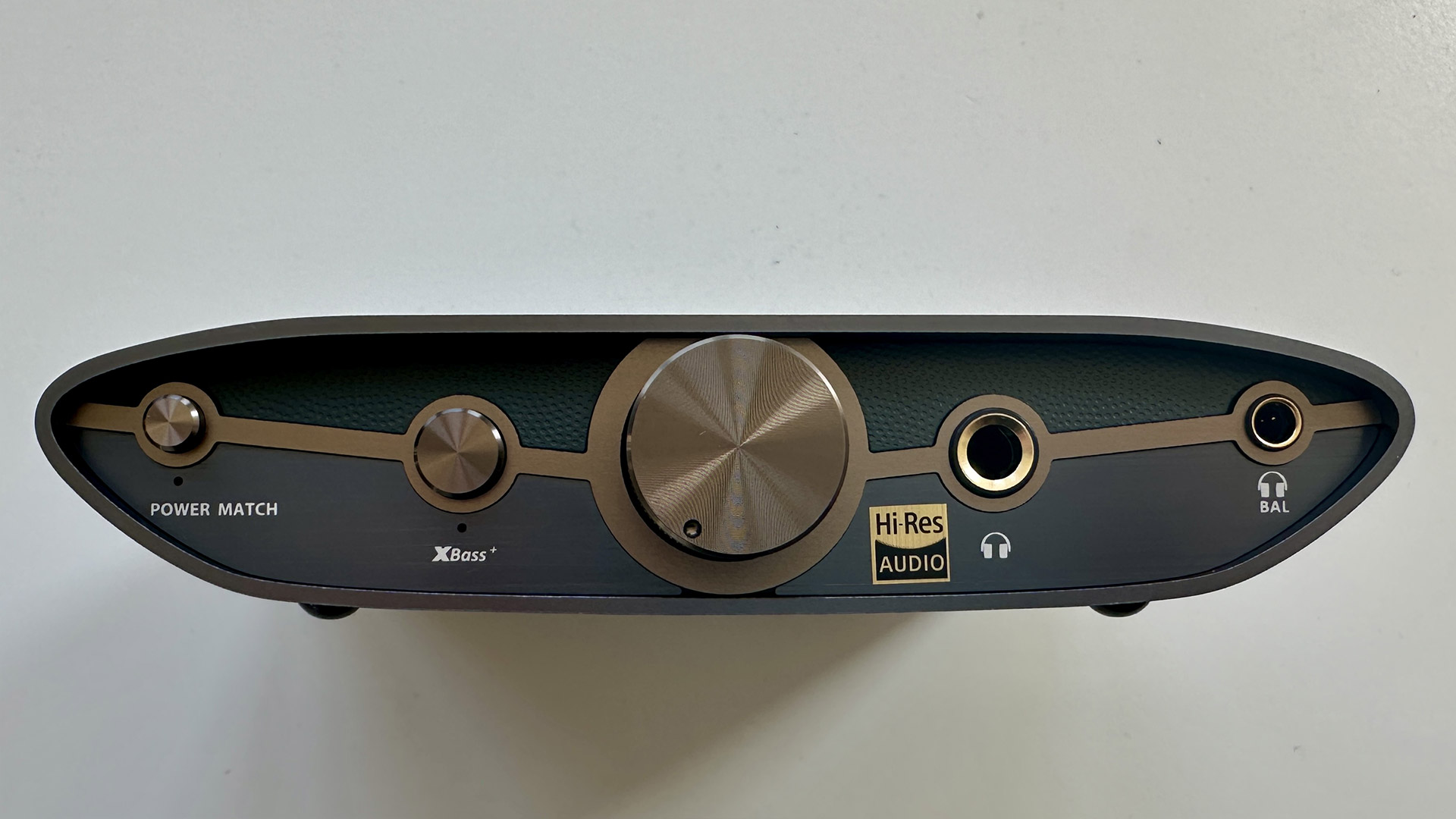
- Became available to buy on April 16, 2024
- Priced at $229 / £229 / AU$229
The iFi Zen DAC 3 is on sale now, and in America it goes for $229. In the United Kingdom, it’s priced at £229, while in Australia it's AU$229. So for once, Antipodean customers aren’t getting an overtly rough deal – quite the opposite, in fact.
This represents a fairly chunky price rise over the outgoing Zen DAC 2 and original iFi Zen Dac, it’s worth noting. If the increase in performance over its predecessor is similar to the increase in price, though, it will be well worth it…
iFi Zen DAC 3 review: Features
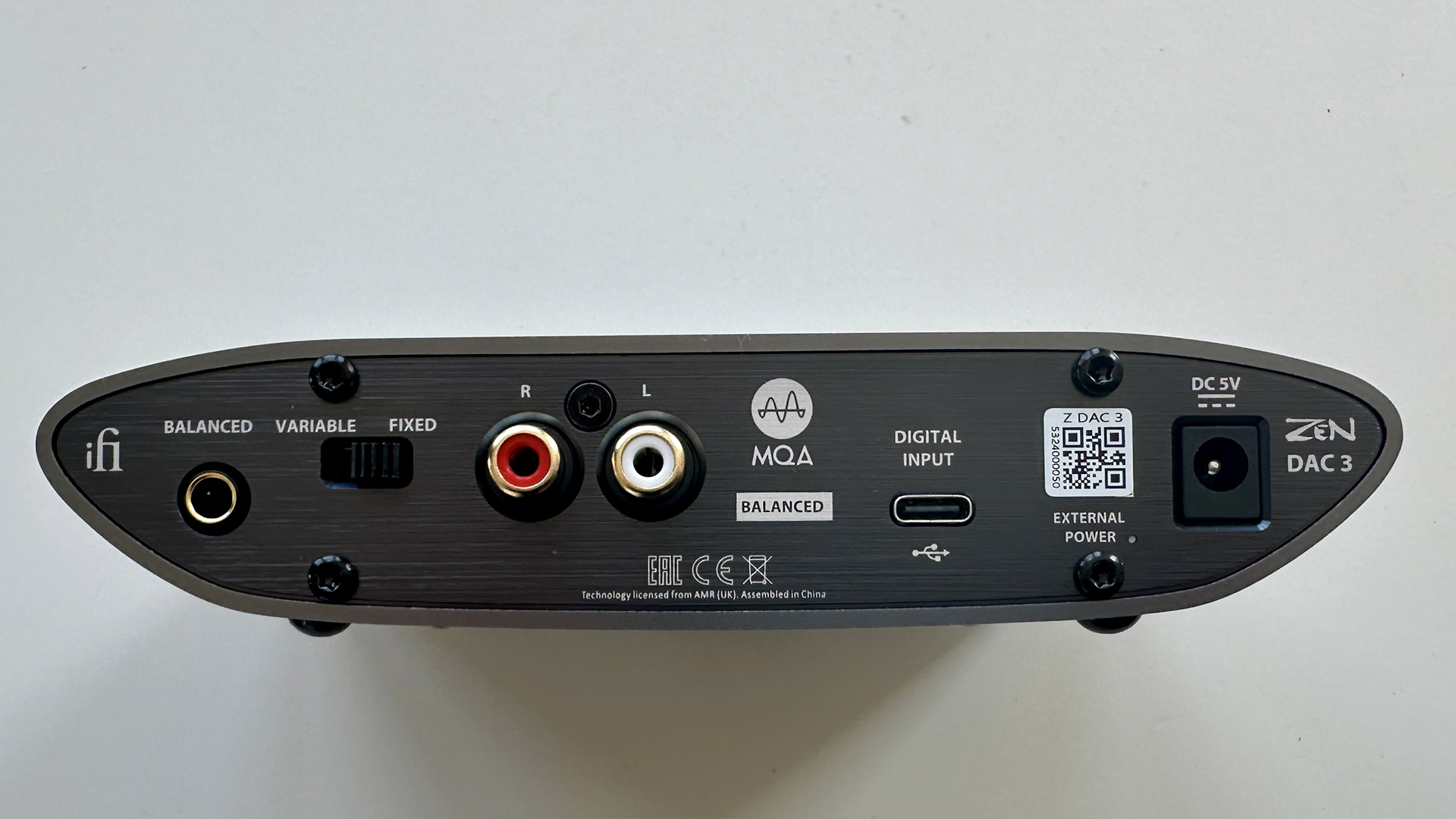
- PCM 32bit/768kHz, DSD512 and MQA decoding
- Fixed and variable output gain
- Balanced and unbalanced outputs
First things first: powering the iFi Zen DAC 3 can be done a couple of ways. The rear panel features a USB-C socket for data transfer – but this can also be used to power the iFi at the same time, which simplifies cable management no end. Of course, there’s also a 5V power socket for connection to mains power – powered this way, the USB-C is free to handle just data and a cleaner signal path is the result.
Incoming data is processed by a 16-core XMOS microcontroller before it’s delivered to a Burr Brown four-channel ‘True Native’ DAC chipset that’s capable of dealing with 32bit/768kHz PCM files, DSD512 and double-speed DXD. ‘True Native’ refers to the chipset’s separate PCM and DSD pathways, meaning both file types stay bit-perfect in their native form right until the moment of conversion to analogue.
The Zen DAC 3 is an MQA decoder too, so Audirvana, Roon and Tidal users can have the full ‘three unfold’ decoding process take place on board rather than have their source player perform the first couple of unfolds.
Getting the converted audio information out again can be done in a few different ways. If you’re using the Zen DAC 3 with headphones, you’ve a choice of 6.3mm unbalanced or 4.4mm balanced outputs – both sockets are on the fascia. If you’re sending the analogue signal to an external amplifier, powered speaker of what-have-you, there are unbalanced stereo RCA outputs and a balanced 4.4mm output on the rear fascia. If you’re using one of these last two outputs methods, you’ll also need to use the ‘variable/fixed’ switch that sit between them – ‘variable’ allows the iFi to function as a pre-amplifier, with volume control retained, while ‘fixed’ means the iFi becomes just another line-level source.
The analogue signal can be subject to a couple of processing options before it leaves the Zen DAC 3, too. ‘Power Match’ occurs at the amplification stage, and is a gain boost for more demanding headphones. ‘XBass+’, meanwhile, is designed to ‘enhance bass without compromising the clarity of the midrange’ – readers of a certain age will recognise a ‘loudness’ button when they see one.
Features score: 5/5
iFi Zen DAC 3 review: Sound quality
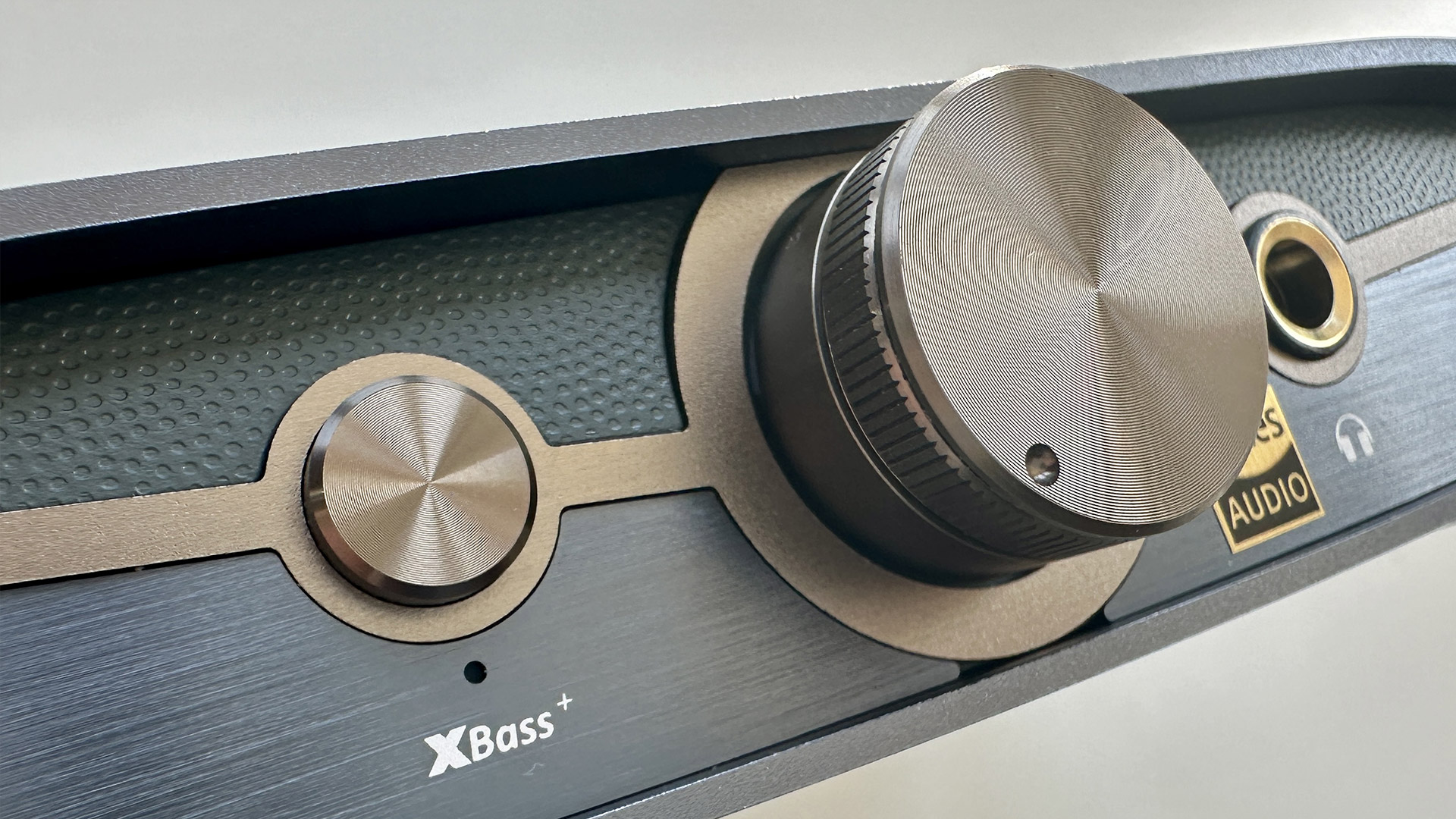
- Punchy, insightful sound
- Great tonal balance
- Open and well-defined
To be perfectly honest, the only way you can prevent the iFi Zen DAC 3 sounding like corking value for money is by using hopeless headphones or feeding it badly compromised digital audio files. As long as you avoid the sort of poverty-spec stuff served up on Spotify’s free tier and don’t use headphones that don’t cut the mustard, the Zen DAC 3 will be an endlessly informative, entertaining and, above all, musical listen.
So with a pair of FiiO FT3 headphones attached to the 4.4mm output and a 24bit/96kHz file of Fugazi’s Waiting Room playing, the iFi is an uncomplicatedly enjoyable machine. It gets all the technic aspects of music-making right – many of them in fine style – but it never loses sight of the fact that music is an entertainment and needs to be perceptible as such.
The soundstage the Zen DAC 3 conjures up is open, properly defined and allows every element of the recording the space it needs in which to express itself. The spaces and silences are given their due prominence, and despite the rigorous nature of the separation here, the entire thing hangs together as a complete and unified whole. If you switch ‘XSpace’ on the big stage becomes bigger still – but it’s at the expense of a little of the previously straight-edged definition.
The tonal balance is just fractionally warmer than neutral, but that’s no bad thing and it doesn’t prevent the iFi both controlling its low frequencies properly and offering a lot of variation where low-end tone and texture are concerned. In fact, this level of detail and insight is available throughout the frequency range – but the Zen DAC 3 never sounds drily analytical. It’s simply attentive to both the broad and the fine details in a recording, and is able to contextualise them confidently.
There’s real positivity about the way the iFi expresses rhythms, and it is more than potent enough to make the big dynamic variations in this recording absolutely obvious. It’s similarly adept with the more nuanced dynamics of harmonic variation, too, and does particularly good work in revealing the character and attitude, as well as the technique, of singers (along with all the other midrange information).
It’s a punchy and rapid listen, attacks the top of the frequency range with proper determination and offers clean frequency response from the top end to the bottom. ‘XBass+’ is probably too much of a good thing, but in virtually every other respect the iFi Zen DAC 3 is an uncomplicated pleasure to listen to.
Sound quality score: 5/5
iFi Zen DAC 3 review: Design
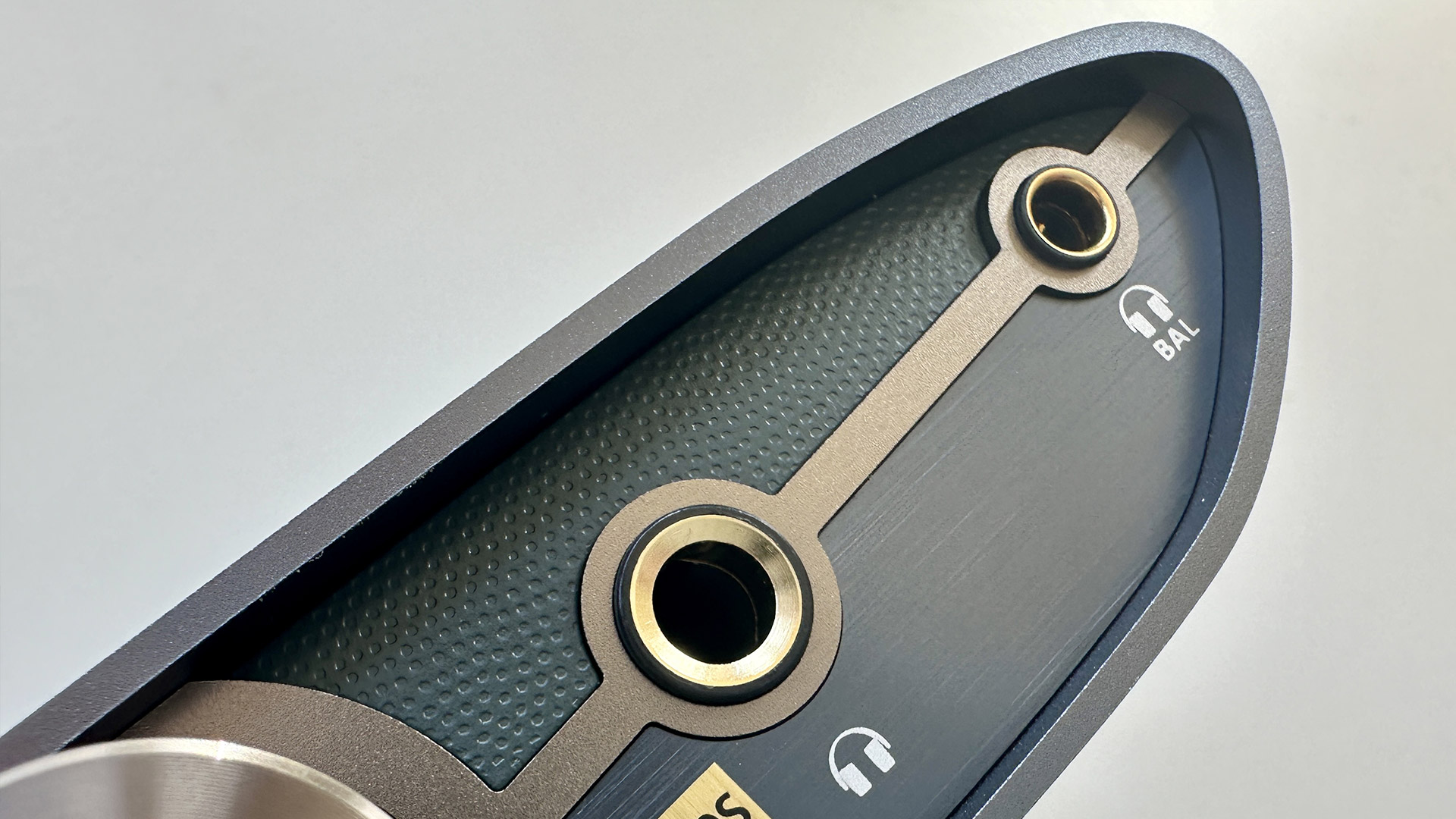
- 'Sunlit bronze’ fascia controls
- 35 x 158 x 115mm (HxWxD)
- 456g
The vaguely trapezoid shape of many an iFi product is an established design vocabulary now, and at first glance you’d be hard-pushed to tell the Zen DAC 3 from either of the machines that preceded it.
There have been some changes where design is concerned, though - mostly to the fascia that is recessed into the single piece of curved metal that serves as the bulk of the chassis. The physical controls (a small push/push button to switch ‘Power Match’ on or off, a slightly larger equivalent to deal with ‘XBass+’ and a relatively large volume control in the centre) are all in a finish iFi rather flowerily calls ‘sunlit bronze’ – and there’s a strip of material in the same colour running the width of the fascia. It encircles each of those controls and both the 6.3mm unbalanced and 4.4mm balanced headphone outputs.
This division allows the fascia of the Zen DAC 3 to be two-tone - below the line it’s the silver/grey colour of the main body, above it’s darker and the surface is slightly hammered in texture.
Around the edge of the volume control there’s a light that changes colour depending on the type and size of digital audio file the iFi is dealing with. If the device is below you (sitting on your desktop, for instance) it’s just about visible – look at the Zen DAC 3 from dead ahead, though, and it disappears.
The desktop is a good spot for the iFi, for many reasons. As far as ‘design’ is concerned, its 35 x 158 x 115mm (HxWxD) dimensions will do nicely – small enough to leave space on the desk for other stuff, big enough to let you know it means business.
Design score: 5/5
iFi Zen DAC 3 review: Usability and setup

- USB-C input for both power and data
- ‘XBass+’ and ‘Power Match’ analogue processing modes
- Can be used in conjunction with Zen CAN headphone amp
As befits a product with such narrow, focused functionality, the iFi Zen DAC 3 is simplicity itself to set up and use. For once, a ‘quick start’ guide is more than adequate.
The USB-C socket on the rear is how digital audio information gets on board, and it can also power the Zen DAC 3 if the 5V power input isn’t an option in your use case. After that, it’s simply a matter of connecting one of the iFi’s analogue outputs – one of the two headphone sockets on the fascia, or the 4.4mm balanced or unbalanced stereo RCA outputs on the rear. If you’re using one of the rear outputs, you then select ‘variable’ or ‘fixed’ depending on whether you want to use the Zen DAC 3’s volume control or not.
Usability and setup score: 5/5
iFi Zen DAC 3 review: Value
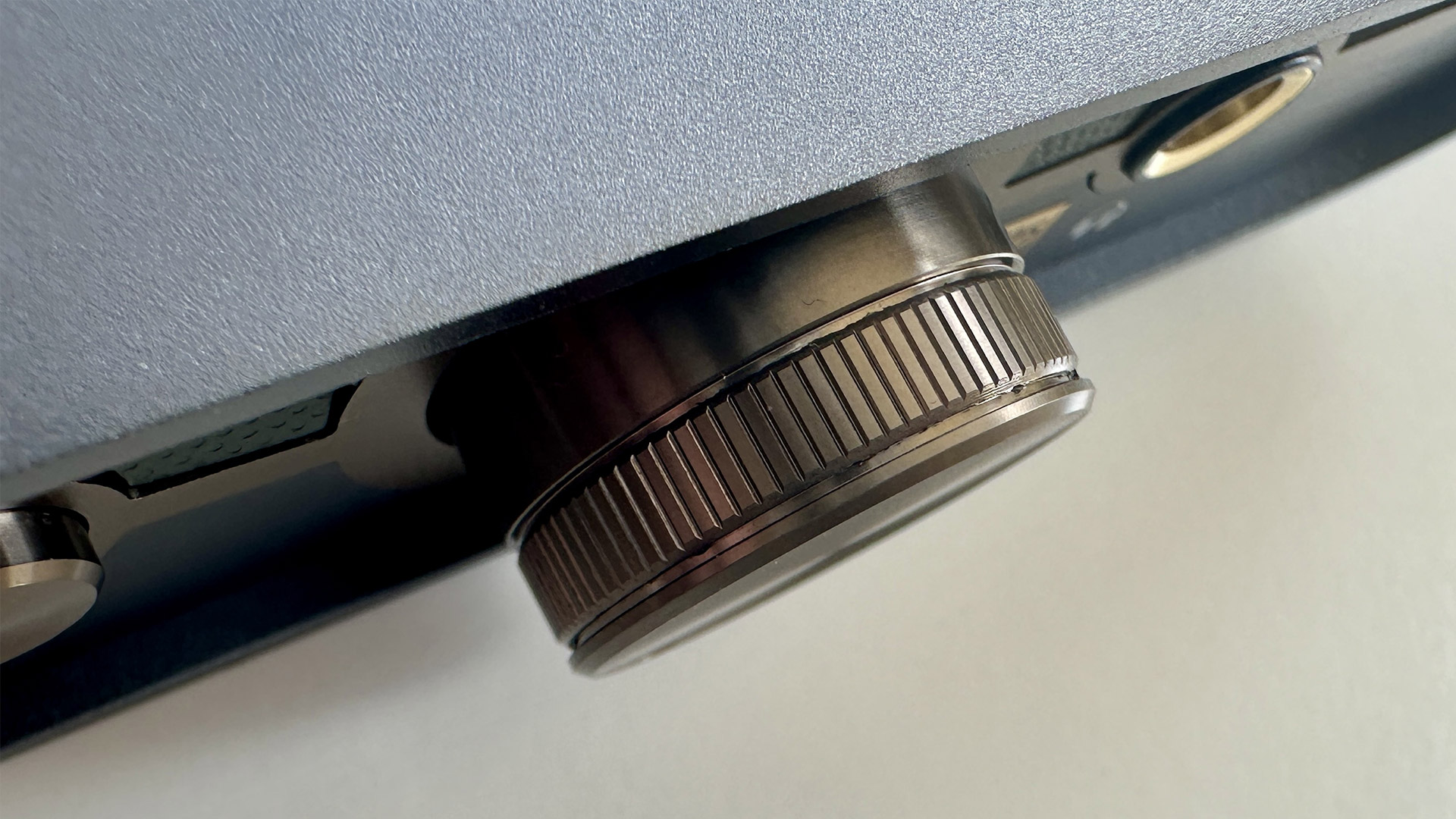
- Priced higher than the Zen DAC 2
- Great value for money
Safe to say the iFi Zen DAC 3 represents good value in every respect. It’s properly built and finished, it’s specified to do a thorough job, and with the price uppermost in your mind it’s a very capable performer indeed. There are better desktop headphone amp/DACs available, but they’re all more expensive and not by just a little.
Value score: 5/5
Should I buy the iFi Zen DAC 3?
| Attributes | Notes | Rating |
|---|---|---|
| Features | From having multiple power options to the ability to function as a decoder too, the Zen DAC 3 offers a lot of features. | 5/5 |
| Sound quality | The Zen DAC 3 sounds so good, the only way you'll get subpar audio quality out of it is by using cheap headphones. | 5/5 |
| Design | A classic iFi hip flask design that isn't too bulky. | 5/5 |
| Usability and setup | One of the most straightforward setups that is also incredibly easy to use. | 5/5 |
| Value | At this price point, the Zen DAC 3 is unbeatable on value. | 5/5 |
Buy it if...
You want a premium desktop audio experience
Suddenly your laptop sounds like a high-end source of desktop music.
You want to effectively decode digital audio
And before it reaches your analogue amplifier. This is how you turn your smartphone into a valid source as part of a full-size system.
You’re a top-tier Tidal subscriber
There’s still quite a lot of MQA content available from Tidal, and the Zen DAC 3 can do the full MQA business.
Don't buy it if...
You routinely listen to less than CD-resolution
The Zen DAC 3 will do its best with the free tier of Spotify, of course, but you can’t make a silk purse etc and so on…
Your headphones aren’t up to much
You’re unlikely to hear a) where your money has gone, and b) what the iFi is capable of, without headphones that are able to do it justice.
iFi Zen DAC 3 review: Also consider
Chord Mojo 2
The arrival of the Zen DAC 3 ought to mean there will be deals available on any remaining stock of the Zen DAC v2 – but after that, to be honest I’m struggling. Until now I was fairly confident the best pound-for-pound headphone amp/DAC around was Chord’s Mojo 2 – and it remains an excellent option. But at the thick end of £400 it’s a bigger investment than the Zen DAC 3, which, it seems to me, has the field clear where the $150–250 / £150-250 / AU$150–250 price point is concerned…
Read our full Chord Mojo 2 review
How I tested the iFi Zen DAC 3
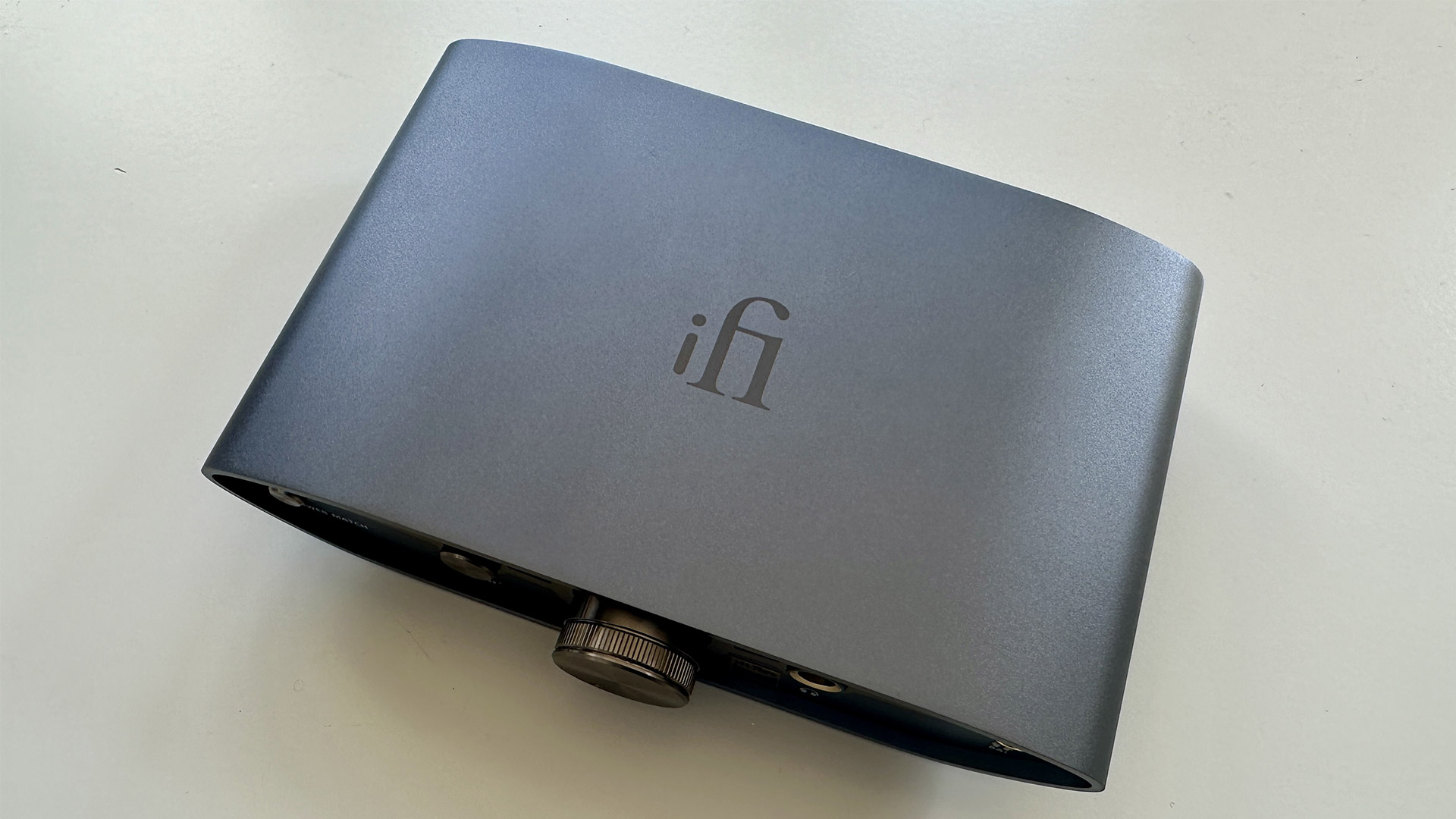
- Tested for a week
- With an Apple MacBook Pro and Samsung Galaxy S3
- Alongside a variety of headphones and file formats
I used the Zen DAC 3 at my desk for a solid week or so, mostly to deal with digital audio information stored on an Apple MacBook Pro but I also streamed music via a Samsung Galaxy S23.
I used a variety of headphones, which is how I established that iFi isn’t all that keen on inferior models, and a wide variety of music of various file types and sizes, which is how I realised the iFi is a bit sniffy about really compressed content.
- First reviewed in May 2024
- Read TechRadar's reviews guarantee
Simon Lucas is a senior editorial professional with deep experience of print/digital publishing and the consumer electronics landscape. Based in Brighton, Simon worked at TechRadar's sister site What HiFi? for a number of years, as both a features editor and a digital editor, before embarking on a career in freelance consultancy, content creation, and journalism for some of the biggest brands and publications in the world.
With enormous expertise in all things home entertainment, Simon reviews everything from turntables to soundbars for TechRadar, and also likes to dip his toes into longform features and buying guides. His bylines include GQ, The Guardian, Hi-Fi+, Metro, The Observer, Pocket Lint, Shortlist, Stuff T3, Tom's Guide, Trusted Reviews, and more.
